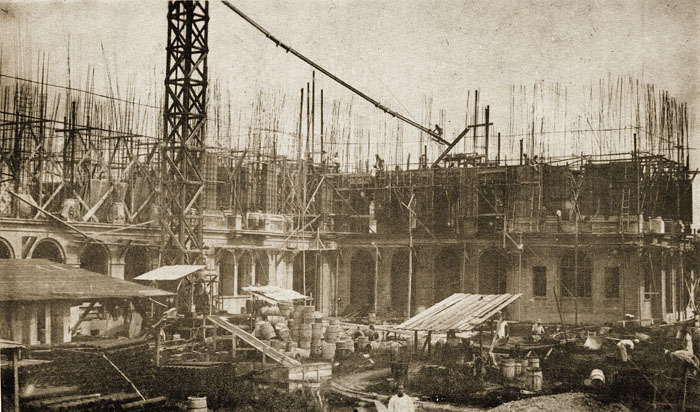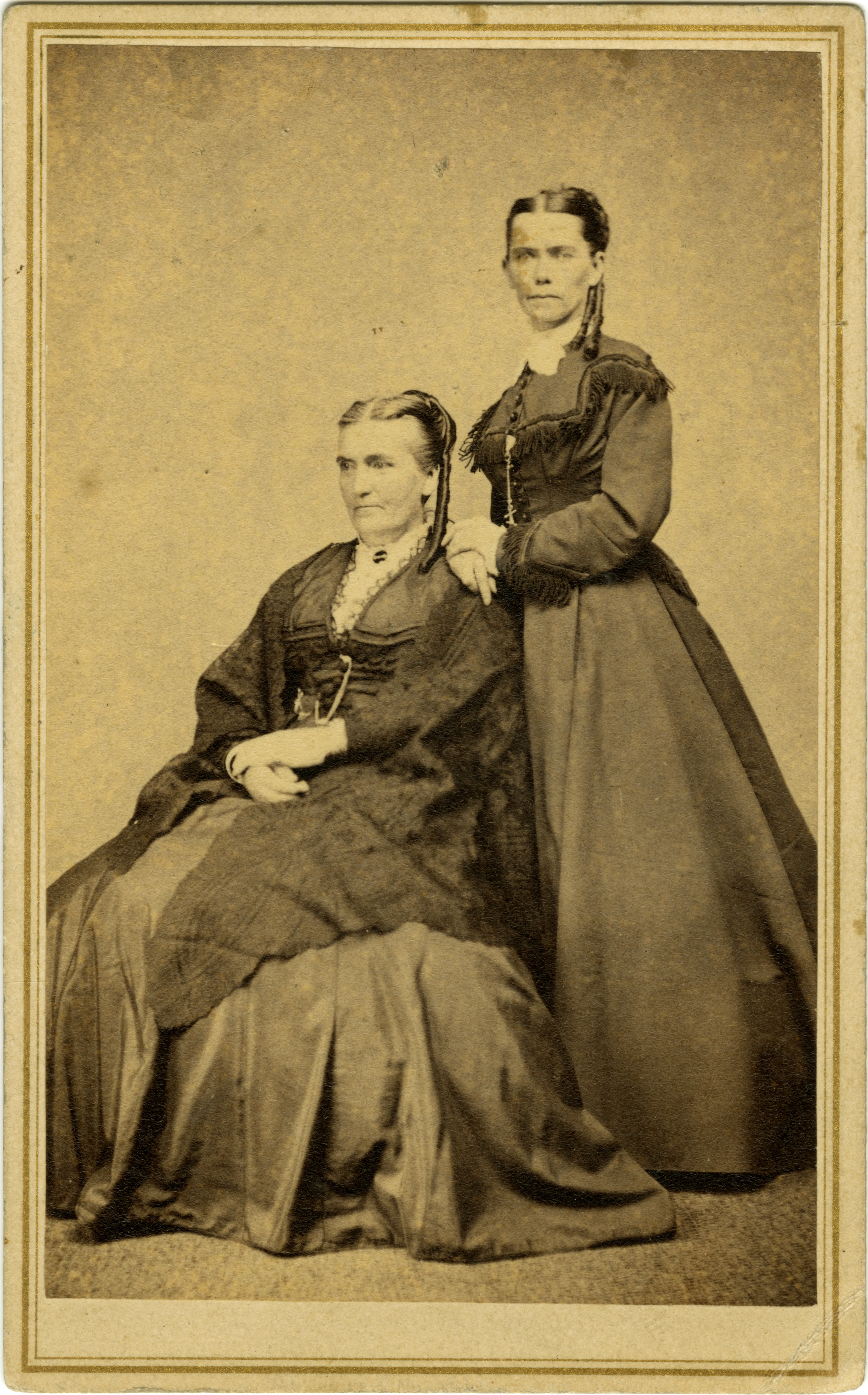|
Classrooms
A classroom, schoolroom or lecture room is a learning space in which both children and adults learn. Classrooms are found in educational institutions of all kinds, ranging from preschools to universities, and may also be found in other places where education or training is provided, such as corporations and religious and humanitarian organizations. The classroom provides a space where learning can take place uninterrupted by outside distractions. Types of classroom In elementary schools (from Kindergarten through 5th grade), classrooms can have a whole group of 18 to 30 students (in some cases these numbers may differ) and one, two, or even three teachers. When there are two teachers in a classroom, one is the lead teacher and the other one is the assistant teacher. Or the second teacher might be a special education teacher. There may be a third teacher in the back watching and taking notes. In lower elementary the classrooms are set up slightly different from upper eleme ... [...More Info...] [...Related Items...] OR: [Wikipedia] [Google] [Baidu] |
Learning Space
Learning space or learning setting refers to a physical setting for a learning environment, a place in which teaching and learning occur. The term is commonly used as a more definitive alternative to "classroom," but it may also refer to an indoor or outdoor location, either actual or virtual. Learning spaces are highly diverse in use, configuration, location, and educational institution. They support a variety of pedagogy, pedagogies, including quiet study, passive or active learning, kinesthetic or physical learning, vocational learning, experiential learning, and others. As the design of a learning space impacts the learning process, it is deemed important to design a learning space with the learning process in mind. History The word ''school'' derives from Greek language, Greek '' (''), originally meaning "leisure" and also "that in which leisure is employed", and later "a group to whom lectures were given, school". The Japanese word for school, ''gakuen'', means "lear ... [...More Info...] [...Related Items...] OR: [Wikipedia] [Google] [Baidu] |
Special Education
Special education (also known as special-needs education, aided education, alternative provision, exceptional student education, special ed., SDC, and SPED) is the practice of educating students in a way that accommodates their individual differences, Disability, disabilities, and special needs. This involves the individually planned and systematically monitored arrangement of teaching procedures, adapted equipment and materials, and accessible settings. These interventions are designed to help individuals with special needs achieve a higher level of personal Self-sustainability, self-sufficiency and success in school and in their community, which may not be available if the student were only given access to a Traditional education, typical classroom education. Special education aims to provide accommodated education for disabled students such as learning disability, learning disabilities, learning difficulties (such as dyslexia), communication disorders, emotional and behavi ... [...More Info...] [...Related Items...] OR: [Wikipedia] [Google] [Baidu] |
De La Salle University
De La Salle University (), also referred to as DLSU, De La Salle or La Salle, is a private, Catholic coeducational research university run by the Institute of the Brothers of the Christian Schools with main campus in Taft Avenue, Malate, Manila, Philippines. It was established by the Christian Brothers in 1911 as De La Salle College (DLSC) in Nozaleda Street, Paco, Manila with Blimond Pierre Eilenbecker, FSC serving as director, and is the first De La Salle school in the Philippines. The college was granted university status on February 19, 1975, and is the oldest constituent of De La Salle Philippines (DLSP), a network of 16 educational institutions, established in 2006 replacing the De La Salle University System. The institution started as an exclusive all-boys elementary and high school. In 1920, it began offering a two-year Associate in Arts Commerce program, which was later discontinued in 1931 in favor of a Bachelor of Science in Commerce program. De La Salle Univers ... [...More Info...] [...Related Items...] OR: [Wikipedia] [Google] [Baidu] |
High School
A secondary school, high school, or senior school, is an institution that provides secondary education. Some secondary schools provide both ''lower secondary education'' (ages 11 to 14) and ''upper secondary education'' (ages 14 to 18), i.e., both levels 2 and 3 of the ISCED scale, but these can also be provided in separate schools. There may be other variations in the provision: for example, children in Australia, Hong Kong, and Spain change from the primary to secondary systems a year later at the age of 12, with the ISCED's first year of lower secondary being the last year of primary provision. In the United States, most local secondary education systems have separate middle schools and high schools. Middle schools are usually from grades 6–8 or 7–8, and high schools are typically from grades 9–12. In the United Kingdom, most state schools and privately funded schools accommodate pupils between the ages of 11 and 16 or between 11 and 18; some UK privat ... [...More Info...] [...Related Items...] OR: [Wikipedia] [Google] [Baidu] |
Kindergarten
Kindergarten is a preschool educational approach based on playing, singing, practical activities such as drawing, and social interaction as part of the transition from home to school. Such institutions were originally made in the late 18th century in Germany, Bavaria and Alsace to serve children whose parents both worked outside home. The term was coined by German pedagogue Friedrich Fröbel, whose approach globally influenced early-years education. Today, the term is used in many countries to describe a variety of educational institutions and learning spaces for children ranging from two to six years of age, based on a variety of teaching methods. History Early years and development In 1779, Johann Friedrich Oberlin and Louise Scheppler founded in Strasbourg an early establishment for caring for and educating preschool children whose parents were absent during the day. At about the same time, in 1780, similar infant establishments were created in Bavaria. In 1802, Princ ... [...More Info...] [...Related Items...] OR: [Wikipedia] [Google] [Baidu] |
Shimer College
Shimer Great Books School ( ) is a Classic_book#University_programs, Great Books college that is part of North Central College in Naperville, Illinois. Prior to 2017, Shimer was an independent, accredited college on the south side of Chicago, originally founded in 1853. Originally founded as the Mount Carroll Seminary in Mount Carroll, Illinois in 1853, it became affiliated with the University of Chicago in 1896 and was renamed the Frances Shimer Academy after founder Frances Wood Shimer. It was renamed Shimer College in 1950, when it began offering a four-year curriculum based on the Robert Maynard Hutchins, Hutchins Plan of the University of Chicago. After the University of Chicago parted with both Shimer and the Hutchins Plan in 1958, Shimer continued to use a version of that curriculum. The college relocated to Waukegan, Illinois, Waukegan in 1978 and to Chicago in 2006. In 2017, it was acquired by North Central College which established the Shimer Great Books School to co ... [...More Info...] [...Related Items...] OR: [Wikipedia] [Google] [Baidu] |
Naperville, Illinois
Naperville ( ) is a city in DuPage County, Illinois, DuPage and Will County, Illinois, Will counties in the U.S. state of Illinois. It is a southwestern suburb of Chicago located west of the city on the DuPage River. As of the 2020 United States census, 2020 census, its population was 149,540, making it the state's List of municipalities in Illinois, fourth-most populous city. Naperville was founded in 1831 by Joseph Naper. The city was established by the banks of the DuPage River and was originally known as Naper's Settlement. By 1832, over 100 residents lived in Naper's Settlement. In 1839, after DuPage County was split from Cook County, Illinois, Cook County, Naperville became the county seat, which it remained until 1868. Beginning in the 1960s, Naperville experienced a significant population increase as a result of Chicago's urban sprawl. Naperville is home to Moser Tower and Millennium Carillon, one of the world's four largest carillons. It is also home to an extensive pa ... [...More Info...] [...Related Items...] OR: [Wikipedia] [Google] [Baidu] |
Preschool
A preschool (sometimes spelled as pre school or pre-school), also known as nursery school, pre-primary school, play school, is an school, educational establishment or learning space offering early childhood education to children before they begin compulsory education at primary school. It may be publicly or privately operated, and may be subsidized from public funds. The typical age range for preschool in most countries is from 2 to 6 years. Terminology Terminology varies by country. In some European countries the term "kindergarten" refers to formal education of children classified as ''International Standard Classification of Education, ISCED level 0'' – with one or several years of such education being compulsory – before children start primary school at ''ISCED level 1''. The following terms may be used for educational institutions for this age group: *Pre-primary or creche from 6 weeks old to 6 years old – is an educational childcare service a parent can enroll t ... [...More Info...] [...Related Items...] OR: [Wikipedia] [Google] [Baidu] |
Middle School
Middle school, also known as intermediate school, junior high school, junior secondary school, or lower secondary school, is an educational stage between primary school and secondary school. Afghanistan In Afghanistan, middle school includes grades 6, 7, and 8, consisting of students from ages 11 to 14. Algeria In Algeria, a middle school includes 4 grades: 6, 7, 8, and 9, consisting of students from ages 11–14. Argentina The of secondary education (ages 11–14) is roughly equivalent to middle school. Australia No states of Australia have separate middle schools, as students go directly from primary school (for years K/preparatory–6) to secondary school (years 7–12, usually referred to as high school). As an alternative to the middle school model, some secondary schools classify their grades as "middle school" (years 5,6,7,8 where primary and secondary campuses share facilities or 7,8,9 in a secondary campus) or "junior high school" (years 7, 8 and 9) and "senior hi ... [...More Info...] [...Related Items...] OR: [Wikipedia] [Google] [Baidu] |







